Reconstruction
Upon completion of the Mohs surgery, the surgeon will assess the wound and discuss options to produce the best functional and cosmetic result. If the patient opts for reconstruction, it will usually be performed on the same day with local anesthesia in the on-site surgery center. The reconstruction is a separate procedure and may require more time on the surgical table than the actual Mohs surgery.
The size, depth, and location of the tumor will determine the type of reconstruction required. Our goal is always to obtain the best cosmetic result while minimizing distortion of the nearby and or involved structures. We use various techniques for closing the surgical wound including:
The purpose of our photo gallery is to educate patients on the before and after results of various surgeries or procedures. In many cases, surgical open wounds are shown with actual patients (all patients have given their consent for their photographs to be shown for educational purposes). These medical and graphic photographs may not be appropriate for some viewers. Individual healing and results will vary. These examples do not guarantee you of any potential outcomes. Hover over images to see the photos.
Upon completion of the Mohs surgery, the surgeon will assess the wound and discuss options to produce the best functional and cosmetic result. If the patient opts for reconstruction, it will usually be performed on the same day with local anesthesia in the on-site surgery center. The reconstruction is a separate procedure and may require more time on the surgical table than the actual Mohs surgery.
The size, depth, and location of the tumor will determine the type of reconstruction required. Our goal is always to obtain the best cosmetic result while minimizing distortion of the nearby and or involved structures. We use various techniques for closing the surgical wound including:
The purpose of our photo gallery is to educate patients on the before and after results of various surgeries or procedures. In many cases, surgical open wounds are shown with actual patients (all patients have given their consent for their photographs to be shown for educational purposes). These medical and graphic photographs may not be appropriate for some viewers. Individual healing and results will vary. These examples do not guarantee you of any potential outcomes. Hover over images to see the photos.

Linear Closures
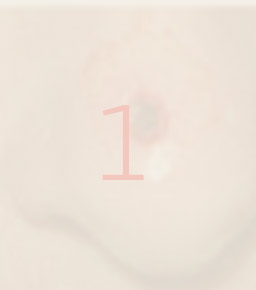
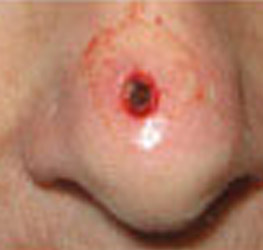
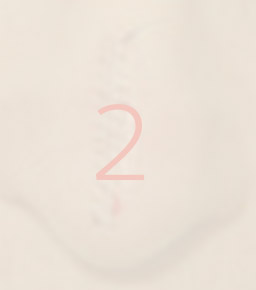
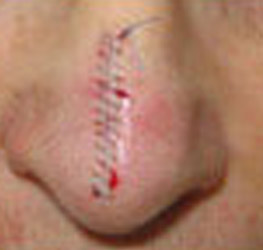

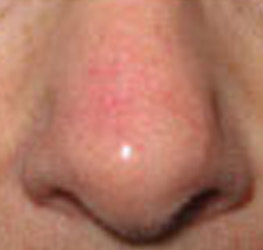

Skin Flaps
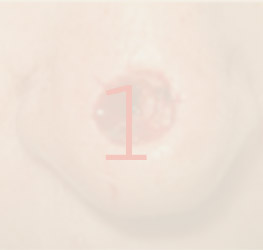
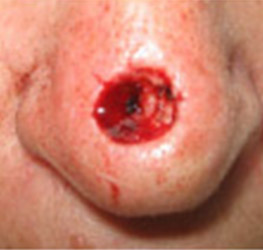

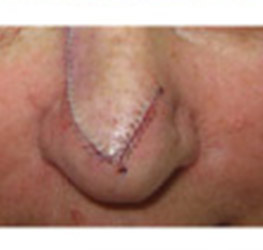
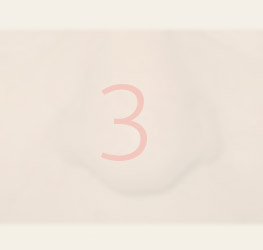
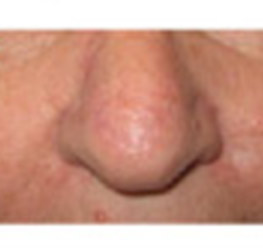

Skin Grafts

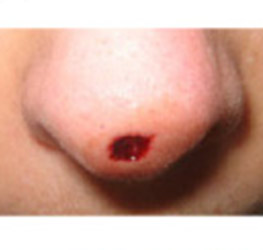
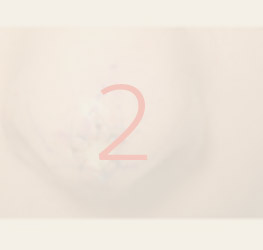
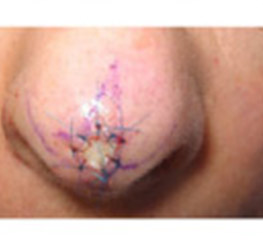

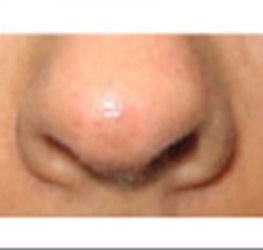
Our goal is to minimize scarring, camouflage suture lines, and minimize distortion of the surgical region. This requires prepping and undermining the wound, removing redundant tissue, and repairing the area with two layers of stitching. We use a larger number of fine sutures to optimize cosmetic outcome.
Please also keep in mind that postoperative incision care is crucial to the final outcome.

 Julia Obadiah, M.D.
Julia Obadiah, M.D.  Keleigh Nersasian, PA-C
Keleigh Nersasian, PA-C